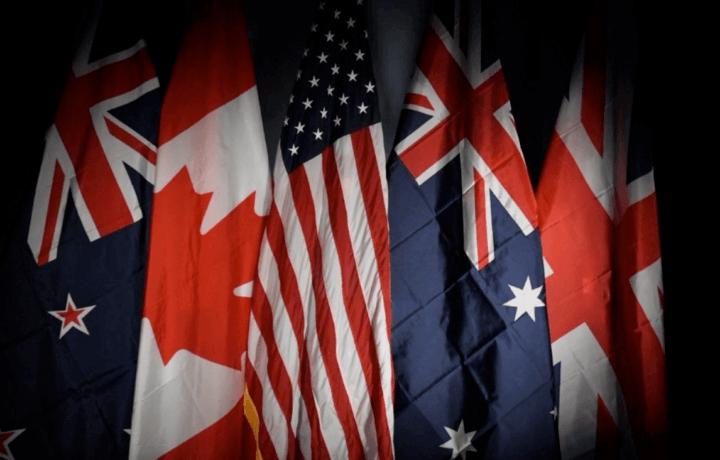Canada’s Sovereignty Shell Game

Canada says it wants digital independence. Bill C‑2 says otherwise.
At a time when governments around the world are trying to claw back control from U.S. tech giants, Canada is playing both sides of the chessboard — and betting you won’t notice. On one hand, Ottawa signals support for data sovereignty, privacy-by-design, and Canadian-made infrastructure. On the other? It’s sneaking in a surveillance regime that looks suspiciously like a policy import from Washington.
Let’s connect the dots.
The Public Face: Digital Sovereignty
In speeches and strategy documents, Canada talks a big game:
Reducing dependence on U.S. cloud platforms
Promoting local innovation in AI and cybersecurity
Pushing privacy standards like PIPEDA to rival the EU’s GDPR
Supporting the development of Canadian-aligned email, cloud, and communication infrastructure
It’s echoed in trade missions, procurement shifts, and economic incentives.
But it only works if Canadian data stays protected under Canadian law.
The Hidden Move: Bill C‑2
This is about building lawful access pathways inside the Canadian stack
Say hello to Bill C‑2, sold to the public as a “border security” bill.
Buried in Part 15 is a sweeping surveillance framework that:
Gives ministers the power to issue secret orders to any tech provider (not just telcos)
Allows metadata collection without warrants
Normalises “exigent access”, i.e. warrantless spying under vague justifications
Compels Electronic Communications Service Providers (ECSPs) to comply without judicial oversight
Disables transparency reporting and independent accountability
Sound familiar? It should. This is FISA-lite, Canadian edition, with Five Eyes fingerprints all over it.
The Contradiction: Independence Without Control
You can’t promote digital sovereignty while building a legal framework that:
Mirrors U.S. surveillance architecture
Eliminates meaningful oversight
And potentially funnels private data into allied intelligence-sharing pipelines
It’s like refusing American milk but accepting their growth hormones.
This is not sovereignty.
It’s optics masking operational alignment.
Strategic Incoherence or Quiet Coordination?
Either this is:
A government sleepwalking into contradiction, or
A deliberate effort to gain political capital for “standing up to Big Tech,” while quietly giving Five Eyes what it wants, full-stack access to Canadian communications, hosted right here at home.
Let’s not pretend this is about border security.
This is about building lawful access pathways inside the Canadian stack.
Why It Matters
European partners won’t treat Canada as a trusted jurisdiction if its privacy laws become rubber stamps.
Canadian startups trying to offer secure cloud, encrypted email, or privacy-preserving AI risk losing competitive trust.
And citizens will increasingly find their data exposed to secret, unreviewable orders issued in the name of “safety.”
The Real Path to Sovereignty
If Canada actually wants digital sovereignty, here’s what it needs instead of Bill C‑2:
Judicial oversight on all data access
Strong encryption standards with no backdoors
Mandatory transparency reports from ECSPs
Alignment with GDPR, not FISA
A national privacy infrastructure built on open standards and zero-knowledge architectures
We have the tech. We just need the political will.
